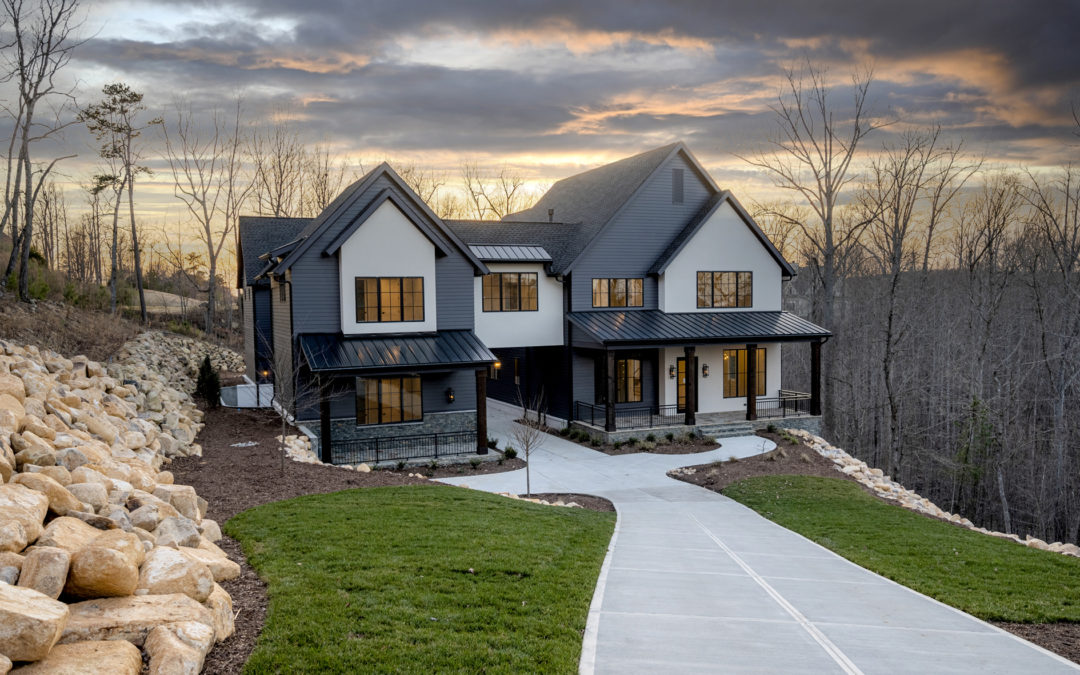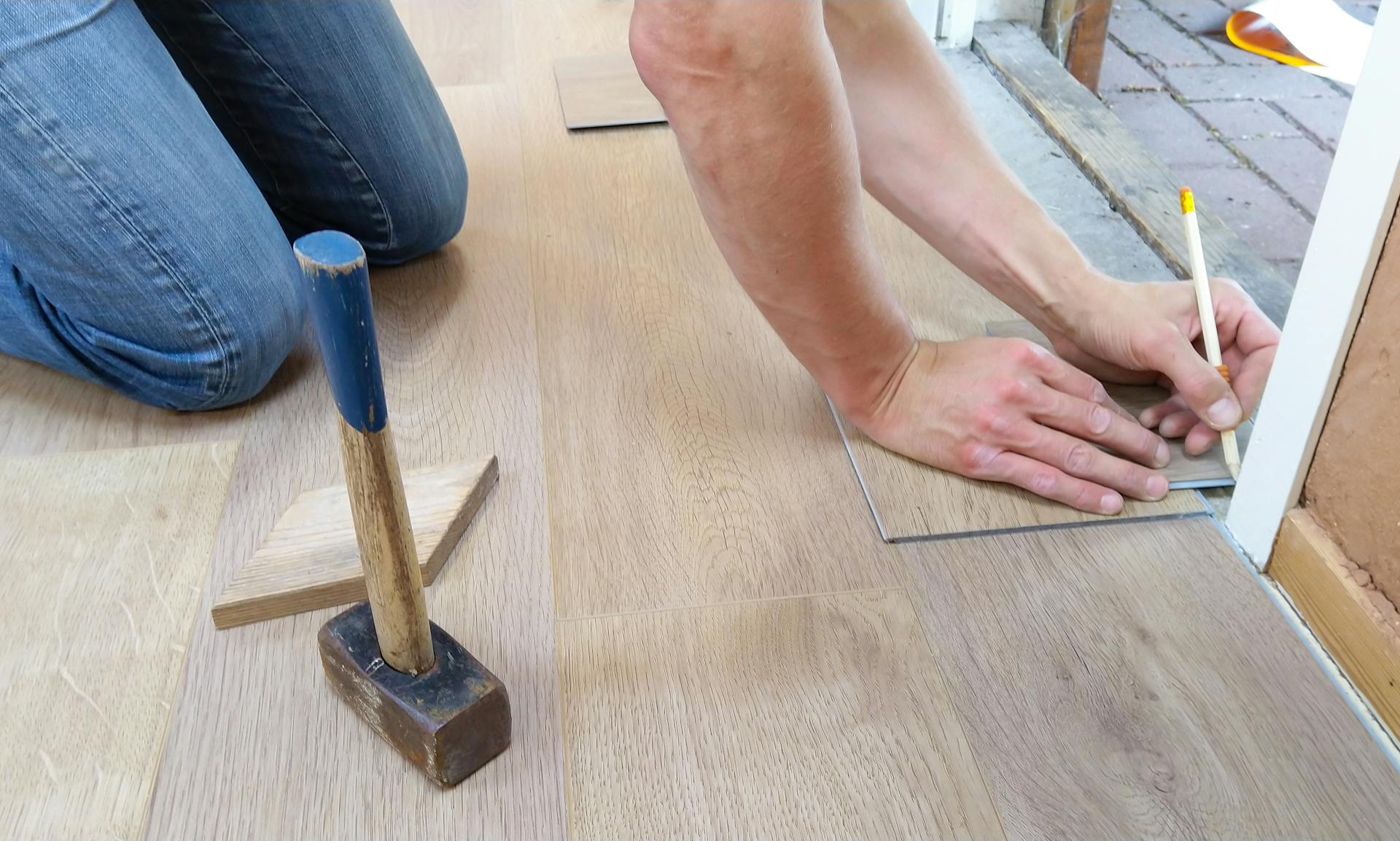Custom homes are the architectural welcome mats to our personal stories, crafted to outline the unique contours of our lives. With the accelerating tick of time comes a chance to redefine what ‘home’ means and, correspondingly, what it could look like. For homeowners charting the blueprints of their dream residences, it’s an exciting yet dizzying age to be entering. An assortment of innovative trends are surfacing in the tumultuous sea of building design and construction, highlighting an eco-conscious, community-centric, and deeply personalized future.
Here, we explore ten pioneering trends that promise not just four walls and a roof, but a canvas for self-expression, sustainability, and seamless integration of technology.
Using Sustainable Building Materials
The first touchstone is sustainability. Custom home construction is veering towards eco-friendly materials that lower a house’s carbon footprint without sacrificing aesthetics or durability. Reclaimed wood, engineered lumber, and recycled steel are gaining ground, reducing the reliance on virgin timber and helping to divert construction waste from landfills.
Even traditional materials like concrete are being reinvented to include fly ash or slag cement, byproducts of other industries, which significantly cut CO2 emissions. The result is homes that are not just shelters, but contributors to a healthier planet.
Focusing on Climate-Change Resilient Architecture
In the face of erratic weather patterns and rising sea levels, architects and builders are shifting their designs to be more resilient. This often means elevating homes in flood-prone areas, incorporating storm-resistant elements, and even using porous materials that absorb water rather than deflecting it into storm drains that are easily overwhelmed.
Beyond safeguarding the structure itself, these homes often include measures to ensure residents can remain safe and comfortable during adverse conditions, such as backup power systems and passive climate control measures.
Incorporating Passive House Features
The concept of Passive Houses originated in Germany, with a laser focus on ultra-low energy consumption. Today, this trend is reshaping how custom homes are designed in alignment with the environment. Key features include superior insulation, high-performance windows, and airtight construction to minimize energy loss.
While the initial investment might be higher, the operational cost savings and reduced environmental impact make Passive House construction a compelling option for the modern homeowner. Plus, the consistently comfortable interior temperatures and superior air quality are among its most underrated luxuries.
Designing for Multigenerational Households
The nuclear family home has given way to a more inclusive model, with many households now including multiple generations under one roof. Custom homes are adapting to cater to the specific needs of these diverse family structures.
This trend encompasses additional soundproofing for privacy, separate living quarters, or homes within homes with their own entrances. It’s not just about space, though – it’s about thoughtfully designed spaces that facilitate togetherness and independence, all under one roof.
Sourcing Healthy Building Materials
An increasing awareness of indoor air quality is influencing a shift towards healthier building materials as well. Low-VOC paints, natural floorings such as cork or bamboo, and insulation materials that don’t emit harmful gases are becoming the norm rather than the exception in custom home construction.
Homeowners are increasingly viewing their homes not just as physical spaces, but as ecosystems they inhabit and coexist with. Healthy homes are breeding grounds for healthy lifestyles, and this trend underscores the intrinsic connection between the two.
Prioritizing Connection to the Outdoors
The home is no longer just an interior space but a portal to the great outdoors. Custom home designers are placing a premium on views, natural light, outdoor living spaces, and landscaping that integrates seamlessly with the environment.
Floor-to-ceiling windows that slide away to open entire walls, rooftop gardens, and outdoor showers are just a few examples of the literal and figurative doors being opened to the natural world. The goal is to create a harmonious blend of the inside and outside, where residents feel uplifted and inspired by their environment.
Adding Secondary Structures Like ADUs
Accessory Dwelling Units (ADUs) are secondary structures typically found on single-family properties but can function as completely independent living spaces. They offer a host of advantages, from providing additional housing options without urban sprawl to creating flexible living arrangements for guests, in-laws, or rental income.
ADUs are not just a trend but an archetype of modern living – adaptable, utilitarian, and efficient. Their popularity is not merely a function of space constraints but a reflection of changing lifestyle norms and an increasing value placed on community.
Making Interiors Multifunctional
With the rise of remote work and diverse family structures, the one-dimensional living space is no more. Custom homes are being designed with multi-purpose rooms that can quickly and easily transform to meet different needs.
A living room by day could become a bedroom by night with the integration of a Murphy bed, or a hidden home office could slide out from the wall as needed. These spaces represent a macro shift in how we view and use our homes, with every square foot optimized for maximum utility and comfort.
Building Single-Story Homes
The single-story home, once synonymous with old age or pragmatism, is enjoying a renaissance of sorts. Single-story homes are not only convenient and accessible but can also offer a sleek, modern design.
This trend is often a response to the desire for aging-in-place or disability-friendly designs. The elimination of stairs not only makes homes more accessible but also offers seamless transitions from room to room, creating a flow that is both visually and functionally appealing.
Integrating Automated Home Systems
Technology is increasingly interwoven with the very infrastructure of our homes, from security and climate control to entertainment systems that once seemed the stuff of sci-fi. Smart home technology, when integrated at the custom home construction phase, can offer a level of seamlessness and personalization that retrofit systems can’t quite match.
Automated blinds that adjust to the sun’s position, Wi-Fi systems that blanket the home in a reliable connection, and lighting schemes that enhance the home’s ambiance and efficiency are merely the beginning. Smart home systems are the digital conductors orchestrating an efficient and elegant symphony within the four walls of your custom home.
Conclusion
In the evolving world of custom home construction, innovative trends are shaping the future of personalized and sustainable living. Paragon Builders is at the forefront, integrating eco-friendly materials and advanced technology into modern homes that cater to the dynamics of family, work, and wellness. Their commitment to excellence and environmental stewardship is redefining the essence of “home,” creating spaces where life unfolds and memories are created.




